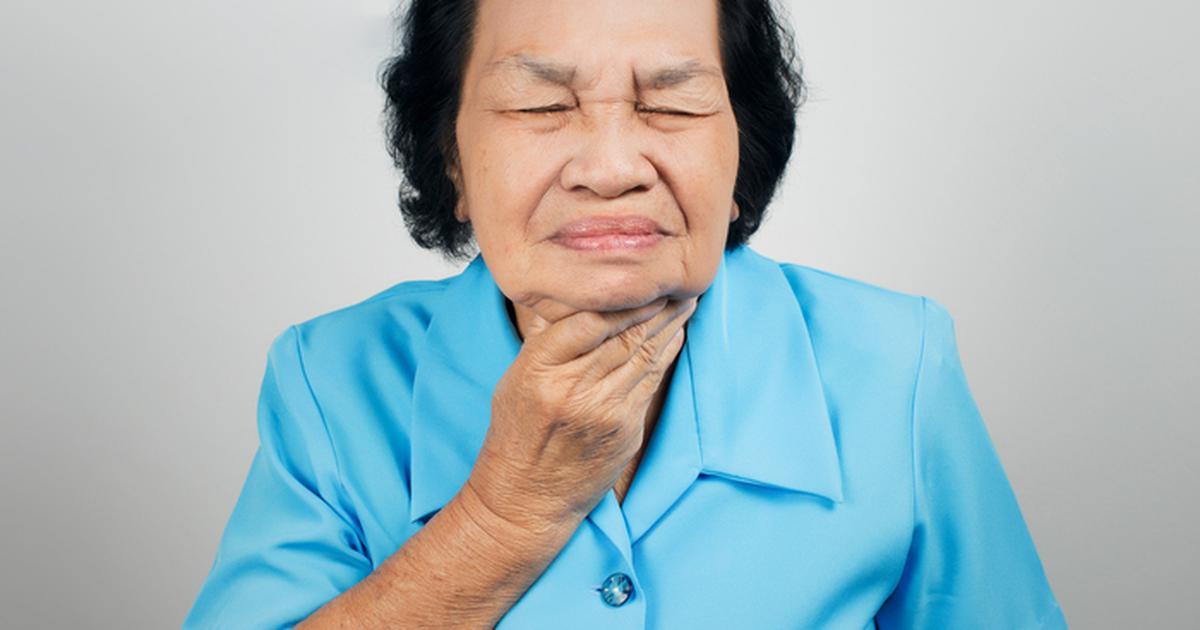Guide To Primary Lateral Sclerosis Symptoms
Primary lateral sclerosis (PLS) is a motor neuron disease that occurs when the nerve cells in muscles slowly deteriorate. This leads to weakness in the voluntary muscles like the tongue, arms, and legs. Though the disease can occur regardless of age, it's most commonly seen in individuals between forty and sixty years old. There is a subtype that occurs in early childhood due to an abnormal gene passed from parent to child. Primary lateral sclerosis is less common than amyotrophic lateral sclerosis, commonly called ALS. It's often mistaken for ALS, but the symptoms progress more slowly. In the majority of cases, primary lateral sclerosis isn't fatal.
Stiffness And Weakness

It's common for primary lateral sclerosis patients to experience stiffness and weakness in their legs. The symptoms tend to progress over years, and patients may not notice them at first. Spasticity is another common PLS symptom that occurs alongside muscle weakness. This occurs when a muscle or group of muscles is contracted continuously. The contraction interferes with normal movement or walking.
Spasticity can indicate a variety of different illnesses, but it's usually caused by damage to the portion of the nervous system involved in voluntary muscle movement. Many individuals notice symptoms in their legs before the rest of their body, but there can also be weakness and stiffness in the arms. The weakness happens because the loss of nerve function causes the brain's signals to the muscles to be less strong.
Hoarse Voice

A hoarse voice is another common symptom of PLS and may get worse as the muscles in the face and throat become weaker. Hoarse voices are also seen in patients with ALS, so this symptom may be a contributing factor to misdiagnosis of primary lateral sclerosis. Voices are caused by vibration through the vocal cords. When not speaking, the folds open to allow breathing. As individuals speak, the vocal cords come together, and air blows past them, causing a vibration.
Hoarseness may occur because of the brain's signals to the vocal cords becoming weaker as the nerves degenerate. Experts recommend seeing a doctor if one's voice has been hoarse for over three weeks. In most cases, hoarseness alone isn't a sign of a neurological problem like PLS, but it can indicate an infection or virus. It's also important for individuals to talk to a doctor if they've lost their voice entirely for more than a couple days.
Slurred Speech

Patients with PLS may have slurred speech. Their rate of speaking may also be reduced. Oftentimes, these symptoms go hand in hand with a hoarse or low voice. Individuals with primary lateral sclerosis may also drool. Slurring and drooling are caused by a weakening of the facial muscles. As the muscles weaken, patients have a harder time controlling their movements and speaking clearly.
It's important to note the disease's average progression takes place over about twenty years. Some patients' slurring may become slowly worse as the facial muscles continue to weaken. Slurred speech can also be a serious sign of other neurological problems including Parkinson's disease, ALS, or a stroke.
Difficulty Swallowing And Breathing

Primary lateral sclerosis patients may experience difficulty swallowing and breathing in the disease's late stages. These symptoms tend to occur after PLS has progressed for several years, so they're not usually the first signs people have that something is wrong. While adult-onset primary lateral sclerosis doesn't appear to shorten a person's life expectancy, complications from the difficulties breathing can be potentially serious.
PLS starts in the legs, but the symptoms can affect the muscles in the hands and around the base of the brain. Weakness in the face and neck is what leads to difficulty swallowing, otherwise known as dysphagia. Trouble breathing can sometimes be attributed to trouble controlling the muscles around the airway.
Balance Issues

Balance issues are very common in individuals with primary lateral sclerosis. These tend to occur alongside weakness and stiffness in the legs. Patients might trip, have trouble balancing when they stand or walk, and be generally clumsy. Problems with balance occur because of the weakening in the leg muscles. There are rare cases of PLS where the symptoms begin in the hands or tongue and then travel down the spinal cord, ending in the legs.
The progression of symptoms varies widely from individual to individual. Some primary lateral sclerosis patients can walk for their entire lives. For others, the combined weakness and trouble with balancing leads to the need for a wheelchair. Some patients will use assistive devices like canes or walkers.
